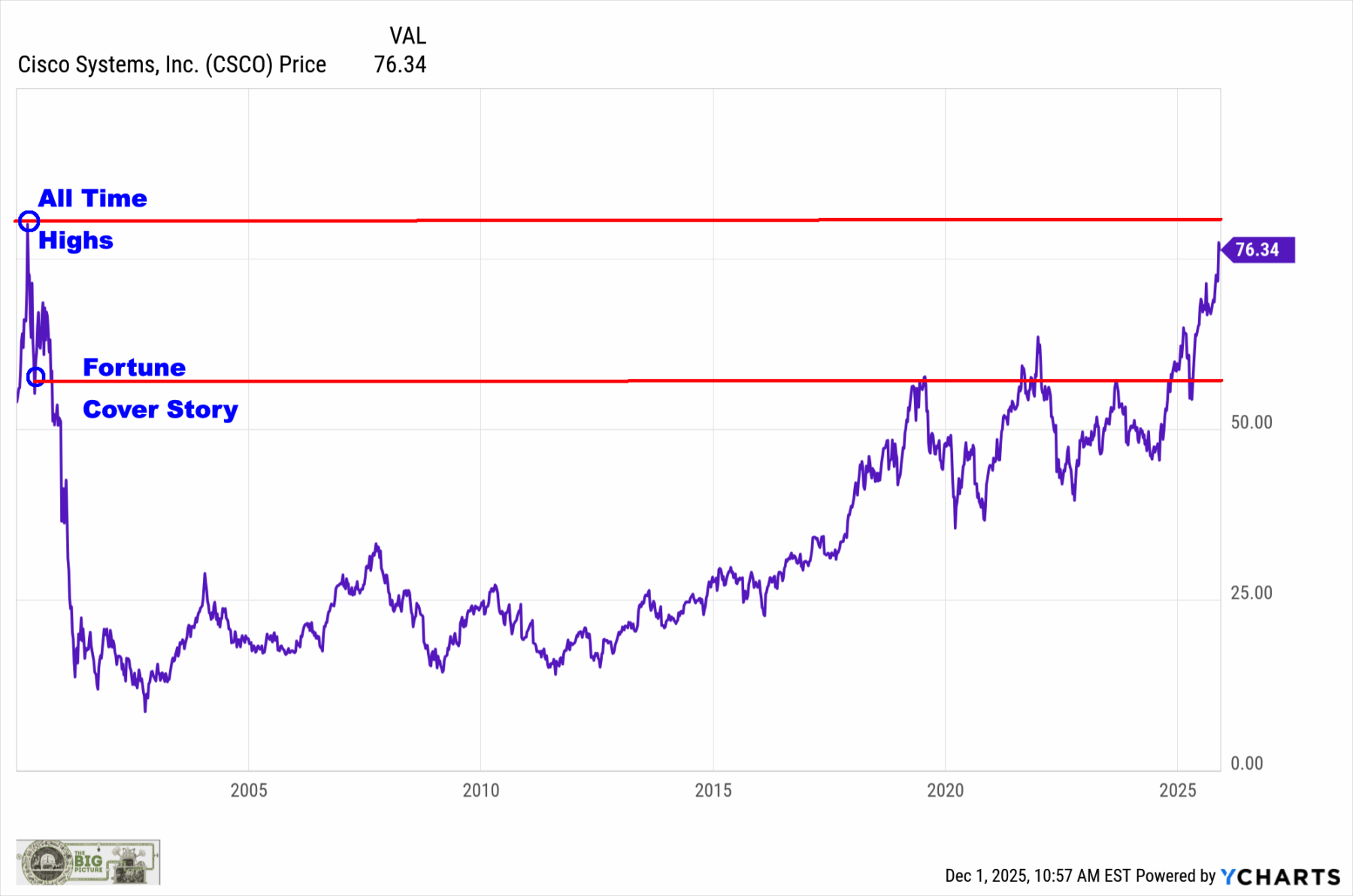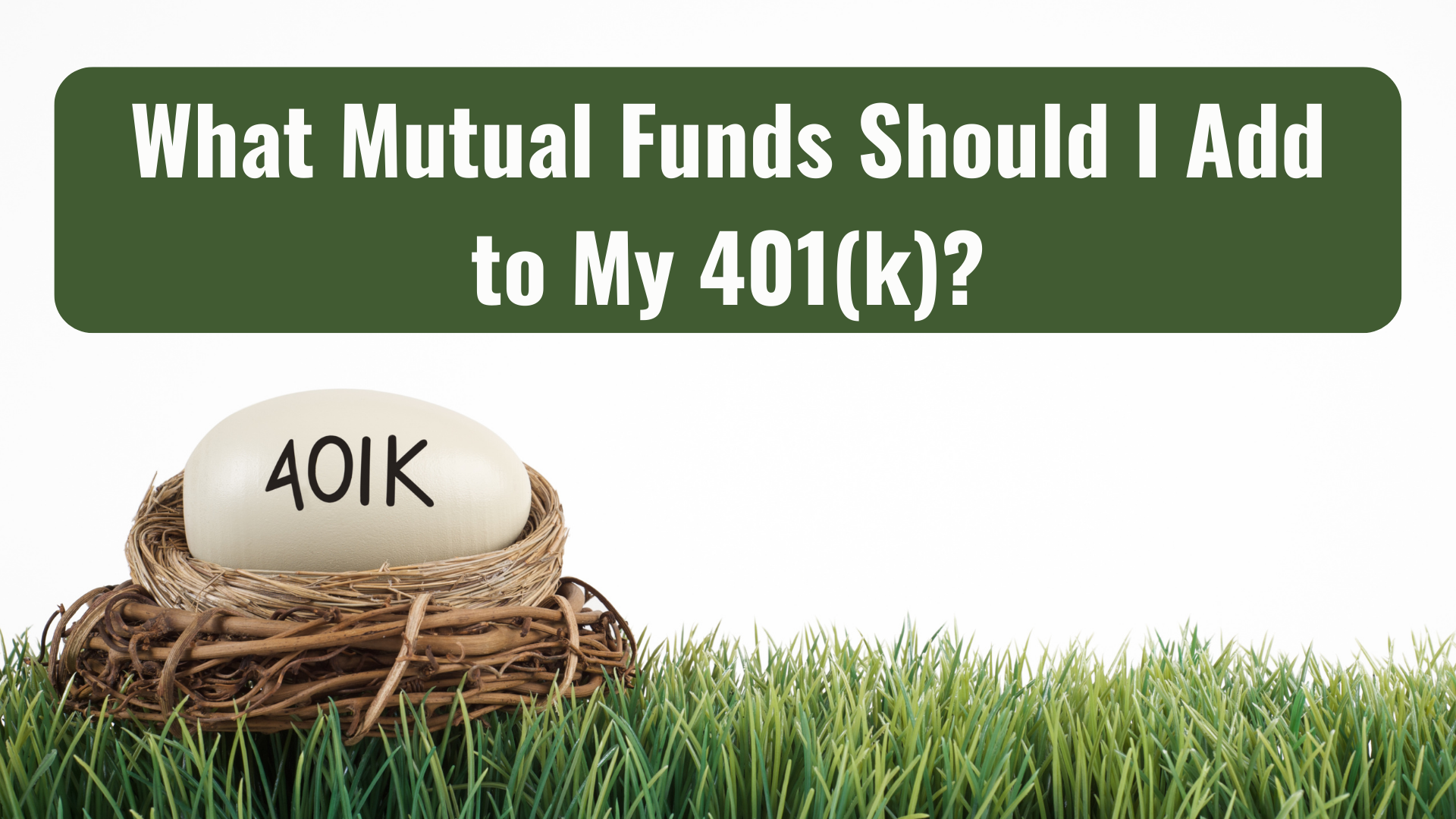Receive free Markets updates
We’ll send you a myFT Daily Digest email rounding up the latest Markets news every morning.
This article is an on-site version of our Unhedged newsletter. Sign up here to get the newsletter sent straight to your inbox every weekday
Good morning. It is CPI day, again. When you write a finance newsletter, it feels like the monthly CPI numbers come out about once a week. At least today’s report (and next month’s) are expected to come in cool. It’s an autumnal bounce in inflation most pundits are worried about. Email us with what you are worried about: [email protected] and [email protected].
China deflation and US inflation
In yesterday’s piece about China tipping into deflation, we showed you the chart below. The blue line is the value of Chinese exports and the pink line is an index of export prices. Price cuts are propping up exports:
This poses the question: could China export deflation to the US? If you think US inflation will struggle to glide gently down to 2 per cent, owing to high wage growth and resilient consumer spending, importing some Chinese deflation could help. It could act as a positive supply mini-shock, nudging prices lower without harming activity. China’s spare capacity could help sate strong US demand.
In a note out this week, Ed Yardeni of Yardeni Research suggests that Chinese deflation may matter to US inflation. He points to how closely US and Chinese consumer inflation co-varied before the pandemic. As pandemic anomalies normalise, could the relationship kick back in? Yardeni’s chart:
Producer inflation in the two countries matches even more closely:
Thierry Wizman, rates strategist at Macquarie, thinks the Federal Reserve could be eyeing Chinese deflation with favour. He wrote yesterday:
China’s deflation does have a positive side too, though, if it helps soothe concerns about US and European inflation, as China’s demand puts less of a strain on global supply chains. We suspect that the Fed is looking at international conditions again, and this may be informing the more ‘dovish’ tone we’ve seen emanating since the July 26 [Federal Open Market Committee] meeting.
But it’s hard for us to see this mattering much. Paul Donovan of UBS Global Wealth Management makes a persuasive case in the opposite direction. He notes that consumer inflation is an “intensely local affair”. It is hard to do apples-to-apples comparisons between the rich US and upper-middle-income China. Food makes up a bigger share of China’s consumption basket, for example. Here’s Donovan on producer inflation:
In theory, [producer prices] are more relevant via the export market to the rest of the world. But remember that most of what is produced in China is actually consumed in China. An awful lot happens to the exports before they are then consumed in an importing country. Generally, most of the price of something made in China that is sold in the United States will be paid to US workers — the transport, distribution, advertising, retail, etc.
BCA Research’s Dhaval Joshi adds that the deflation China could in principle export is not the sort that would reassure the Fed. Trade is largely in goods, and the Fed is worried about non-housing services. Even if goods prices fell faster than they are already, it may not sway the Fed anytime soon. There is, alas, “no arbitrage between Chinese deflation and US inflation”, he told us yesterday.
One way deflation could matter, though, is insofar as weak Chinese demand keeps a lid on commodity prices, especially oil, which is already up 20 per cent since June. Skanda Amarnath of Employ America, who is generally an optimist on the US economy, thinks further increases in energy costs “would probably be the strongest pathway to recession risk”.
All this means that how strongly China stimulates its flagging economy will have global spillovers, including to the US. The recent run-up in oil prices likely reflects, at least in part, expectations for a significant juicing of Chinese fuel demand. If stimulus plans underwhelm, the US could well enjoy some nice energy cost relief. But the risk is two-sided. An aggressive Chinese stimulus could deliver an oil price bump at a very unwelcome time. (Ethan Wu)
The flip side of floating rates is credit quality
Yesterday we wrote about several large Reits that invest in commercial real estate mortgages. A summary:
CRE mortgage Reits tend to have quite conservative financial structures and do not appear primed to blow up.
There is an interest rate spread compression problem, though. The Reits make floating-rate loans, but if they were to pass on the entirety of the large increase in interest rates to their borrowers, some of those borrowers would likely break under the strain. So the rate spread — that is, the profitability — at the Reits has not risen as fast as interest rates.
Since the Reits’ dividends depend, ultimately, on their rate spreads, those have not risen as fast as rates, either. That means the Reits have to trade at a discount to book value to make the dividends competitive with market rates (the two-year, risk-free Treasury rate is 4.8 per cent!). Market perceptions of CRE risk exacerbates the issue.
At the same time, the Reits have to hold more cash to meet their own debt covenants as CRE valuations wobble.
But trading at a discount to book value and holding extra cash makes it hard to raise capital and grow.
One pitch for CRE Reits was always that they own floating rate assets, and therefore are resilient to rising rates. This has not turned out to be particularly true, and there is an important lesson there. That lesson might be summed up like this: the flip side of floating rates is credit quality.
All that said, the biggest CRE mortgage Reits — the ones run by Blackstone, KKR and Starwood — trade at only smallish discounts to book, reflecting the solidity of their business models. It would be remiss of me, however, if I did not mention that there are several CRE mortgage Reits that trade at big, fat discounts to book, and have lost about half their market value since the pandemic began:

Expanding yesterday’s table, here are some facts and figures. Look in particular at the third row, price/book:
Granite Point’s discount stands out, and a couple of things are worth noting there. First, the company just took title to a 256,000 square foot office property in Phoenix, against which it previously had a $29mn loan. Second, it announced last week in a regulatory filing that it had come to an agreement with its own lenders — Morgan Stanley, JPMorgan Chase, Goldman Sachs and Citigroup — to loosen some of its loan covenants. The company has said that “the amendments are part of our active balance sheet management and are designed to better reflect the high interest rate environment and better align the [covenant] tests with the current market conditions. This step further reinforces our good standing with our lending partners.” This is undoubtedly true, but when things are going perfectly, mortgage Reits don’t amend their covenants or end up owning office buildings.
Granite Point is hardly unique, even if the market assigns it a particularly wide discount. Buildings are being taken back and covenants eased across the industry. The crucial underlying issue is spread compression. In the most recent quarter, Granite Point had a net interest income spread of 0.4 per cent. Two years ago, its spread was 1.7 per cent.
The point here is not to argue that the CRE Reit business model is broken or that the high-discount CRE Reits cannot make a comeback. The point is just that (all together now!) the flip side to floating rates is credit quality.
One good read
When the Dalai Lama dies.
FT Unhedged podcast

Can’t get enough of Unhedged? Listen to our new podcast, hosted by Ethan Wu and Katie Martin, for a 15-minute dive into the latest markets news and financial headlines, twice a week. Catch up on past editions of the newsletter here.
Recommended newsletters for you
Swamp Notes — Expert insight on the intersection of money and power in US politics. Sign up here
The Lex Newsletter — Lex is the FT’s incisive daily column on investment. Sign up for our newsletter on local and global trends from expert writers in four great financial centres. Sign up here



















